How To Compost Grass Clippings (Yes, It’s This Simple!)
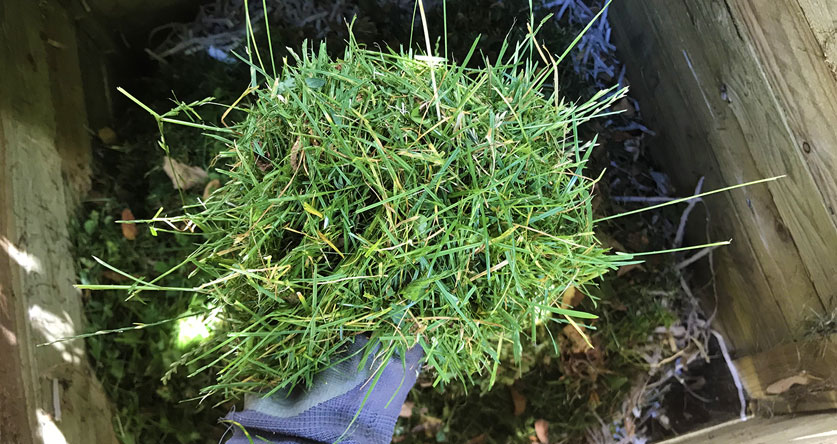
If you’re lucky, your grass just keeps growing. That does, of course, mean you need to spend lots of time mowing.
And you’re stuck with a lawn’s worth of clippings afterward!
Composting is the most beneficial way to recycle grass clippings. But what’s the best way to turn this valuable resource into compost?
I’ve got several eco-friendly suggestions for using grass clippings (including one that involves zero effort).
Keep reading for grass-composting guidelines, warnings, and tips for faster results.
Composting Grass Clippings
Before we get started with the top ways to compost grass clippings, you should know there’s a shortcut:
It might be okay to just leave the grass clippings where they fall as you mow!
This is called grasscycling. The clippings break down quickly, releasing nutrients to help your grass grow strong and healthy. Basically, the old grass becomes a natural fertilizer for the new.
But there’s a catch. Clippings should be an inch or shorter to be good to leave behind. Longer blades can smother your lawn. The trick is to mow often, cutting just a little (the top third of the blade) each time.
And don’t mow grass when it’s wet!
The thought of mowing more frequently might put you off – but studies say this will save you time. Researchers have done the math and claim it takes up to 38% less time to mow more often and leave the clippings on the lawn than to bag the clippings after weekly mowing.
Another option is to upgrade from your usual lawnmower to a mulching mower to create super-fine clippings for your lawn. Mulching mowers’ blades chop grass into such tiny pieces they’re almost invisible.
Here’s an excellent example of this type of mower (Amazon)
Suppose your lawn is too long to leave the clippings behind after mowing. In this case, you can choose between three other ways to clear up clippings without resorting to bagging them and kicking them to the curb:
- Work grass clippings into your soil. Mix 2 or 3 inches directly into the top 6 inches of your garden beds.
- Use grass clippings as a mulch. Add an inch-thick layer around flowers, trees, shrubs, and vegetables.
- Compost grass clippings. We’ll look at this option in detail later in this article.
Are Grass Clippings Good For Compost?
Grass clippings are high in two of the four things compost needs to thrive: nitrogen and moisture (grass is about 80% water). If you’re curious, the other two essentials are air and carbon.
However, balance is everything. The right amount of grass helps create healthy compost, but too much makes compost soggy, smelly, and sluggish. Grass clippings should make up at most 50% of your compost to keep the decomposition going smoothly.
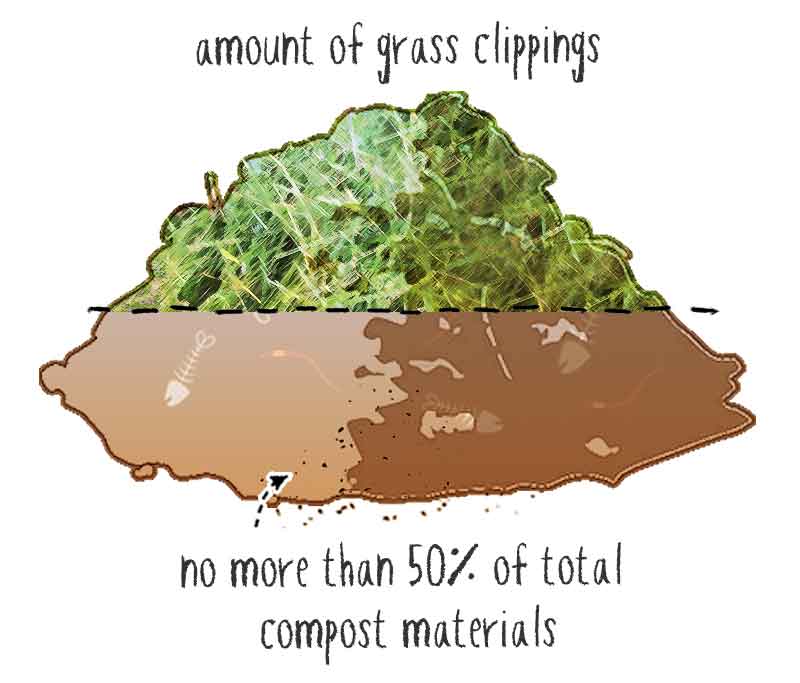
Are Grass Clippings Green Or Brown Compost?
Grass clippings can be either green or brown organic wastes!
It’s not just clippings’ color that makes them “green” or “brown”; it’s also their composition. For example, all organic wastes that are wet and high in nitrogen are considered green, and dry, carbon-rich organic wastes are called brown.
- Freshly-cut grass is green (nitrogen-rich),
- Completely dry grass is brown (filled with carbon).
How Long Does It Take To Compost Grass Clippings?
If you leave short clippings on your lawn after mowing, they’ll vanish within a few weeks. And if you add your grass clippings to a carefully maintained compost pile, expect them to become a soil supplement in a few months.
Grass clippings are mainly water and other rapidly decomposing compounds, making them one of the speediest garden wastes to break down.
Can You Compost Grass And Weeds?
I advise against composting weeds with your grass clippings unless you have a hot composting system with temperatures reaching 150° to 160°F. (you’ll need to use a compost thermometer like this to ensure it’s getting this hot throughout your compost). Amazon
These scorching temperatures are high enough to kill weed rhizomes and seeds, so you don’t spread them around your garden when you scatter your compost.
How To Compost Grass If Chemical Herbicides Have Been Used?
How you should compost herbicide-treated grass depends on the herbicide you use.
Some herbicides break down in a few days. So you can add grass treated with these herbicides to your compost without threatening the plants you apply the compost to later.
More potent herbicides can take up to a year to break down, and you should keep these out of your compost. In particular, a long-lasting herbicide called dicamba doesn’t belong in compost. Plus, don’t use grass treated with long-life herbicides as mulch.
It’s usually best to let clippings treated with these types of herbicides decompose on your lawn. First, though, read your specific product’s label for guidance.
How To Make Compost From Grass Clippings
You can successfully compost grass in an open pile, a bin, or even a plastic bag.
Below I’ll share some grass-composting methods – and tips for faster results!
How To Compost Grass Clippings And Leaves

Freshly cut grass and dry leaves are a winning combo. They complement each other for successful composting.
Grass clippings provide the compost with nitrogen. Dry leaves bring carbon to the mix. And together, these garden wastes create an environment that keeps composting microorganisms going strong.
Aim for 1 or 2 parts dry leaves to 1 part grass clippings.
- Layer the leaves and grass clippings in an open pile or bin,
- Throw in a few handfuls of topsoil,
- Sprinkle with water to get the compost as moist as a wrung-out sponge.
- And turn the pile regularly to bring in air and spread the heat.
How To Compost Large Amounts Of Grass Clippings
No more than half your compost should be grass. But what if almost all your organic wastes are grass clippings?
If this is the case, you should bag them!
Not for waste collection, for composting.
One of the easiest (but slowest) ways to compost lots of grass clippings is to dump them into big heavy-duty black plastic bags.
- Fill the bag with layers of grass clippings and add shredded leaves,
- Shovel in some soil (this adds beneficial microbes and helps get the process started)
- Sprinkle water over,
- Make sure everything is mixed, tie the bags tightly, and leave the bags somewhere warm.
- You could also add a cup of hydrated lime to each bag to stop the compost from becoming too acidic.
Your grass and leaves will have turned into compost about 6 months to a year later.
How To Compost Grass Clippings Fast
To speed up grass composting, you must correctly balance the nitrogen-carbon mix, ensure moisture levels stay spot-on, and keep the compost aerated.
So, add those leaf layers, sprinkle water when your compost is too dry, and get into the habit of turning it regularly.
Supercharge your composting efforts by building a pile at least 4 feet high, wide, and deep and shredding your leaves before adding them to the pile.
Note: It’s essential to frequently turn compost made up of shredded wastes. They quickly become matted and lose air pockets. You could also put your compost into a tumbler to make the turning less of a chore.
Grass Compost Accelerator
You should find the perfect grass compost accelerator right there in your yard: a few generous scoops of topsoil.
Topsoil is packed with bacteria and fungi (plus maybe even an earthworm or two) to kickstart the decomposition.
If soil doesn’t fire up the process, you could try adding manure or a meal (like bone or soybean meal) to your compost to give it an extra nitrogen boost.
Some of the best compost accelerators (like this unique Green Pig formula) contain beneficial bacteria. Amazon
Best Way To Compost Grass Clippings
Things will get messy if you just dump bags full of grass clippings in your compost.
During the summer, I almost exclusively compost massive amounts of lawn clippings! After a while of doing this, you figure out a good routine.
Follow these 5 steps for grass-composting success:
- Step #1: Find a spot for your compost bin or open pile on level, well-draining ground somewhere sunny.
- Step #2: Shred your leaves – the easiest way to do this is to mow over them when you mow your lawn.
- Step #3: Layer your shredded leaves and grass clippings. Aim for a leaf layer about 4 inches high and a grass layer around half this height. Then throw in fruit and veg scraps if you have some lying around and a shovelful of topsoil. Next, add more layers of leaves, grass, food scraps, and topsoil, building your pile until it’s about 4 x 4 x 4 inches. You can mix other brown wastes with your leaves, like wood chips, shredded corn cobs, shredded paper, or straw.
- Step #4: Lightly water your compost.
- Step #5: Turn your compost every week or so.



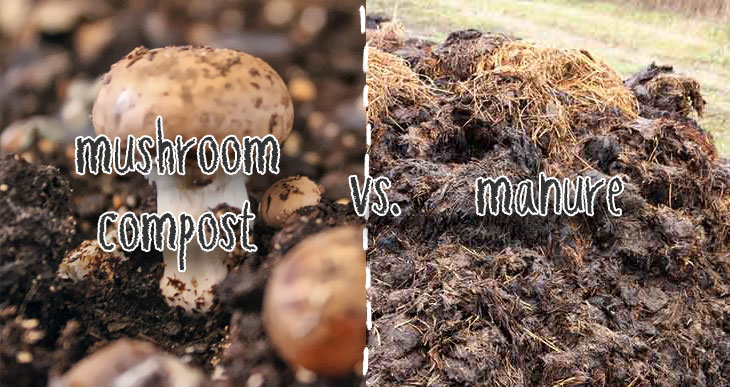
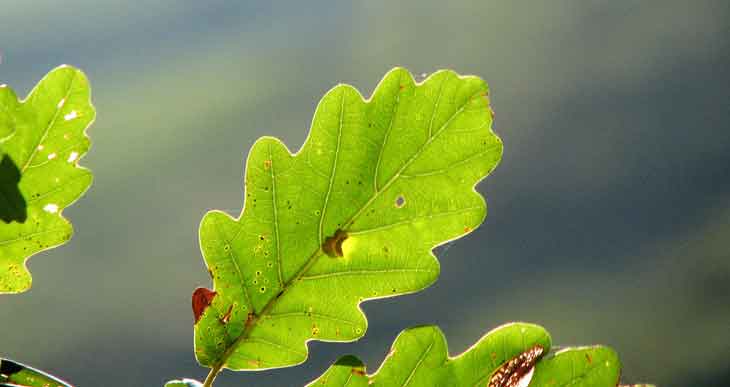
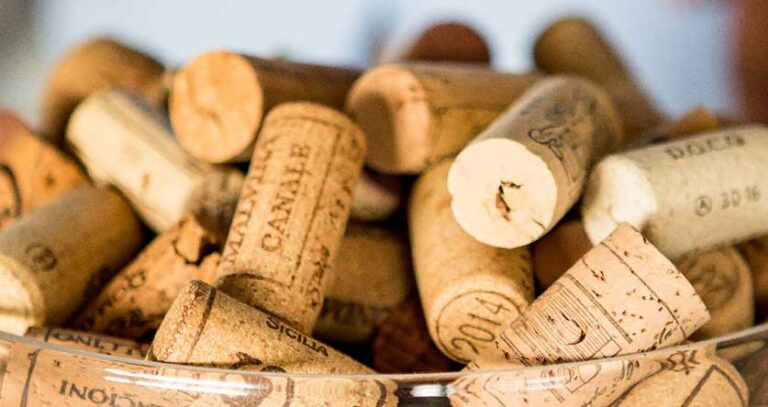
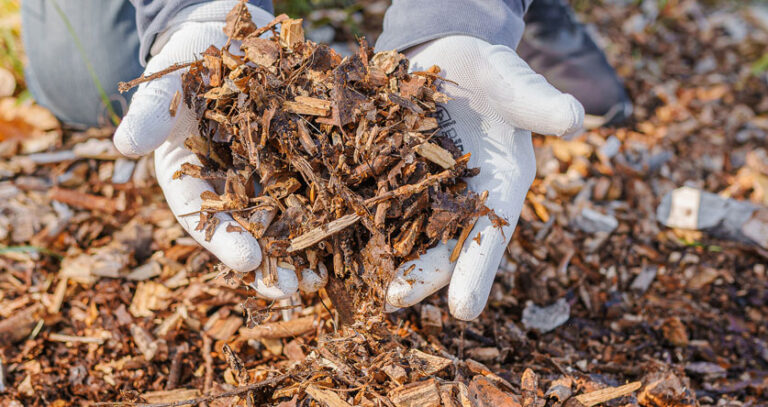
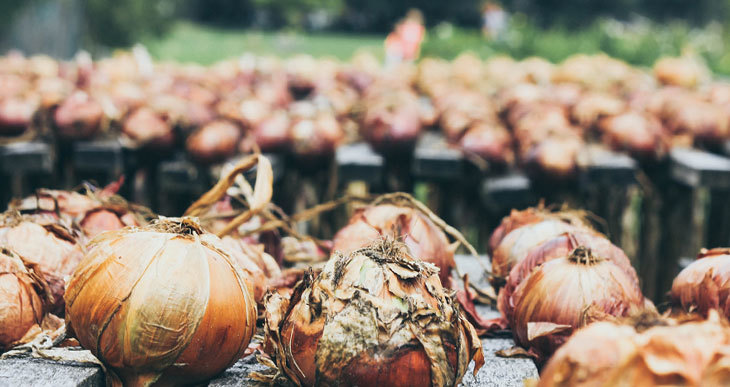
Very helpful, I have a worm bin ,and tumbler for my composting.
Sounds like a good combo 🙂